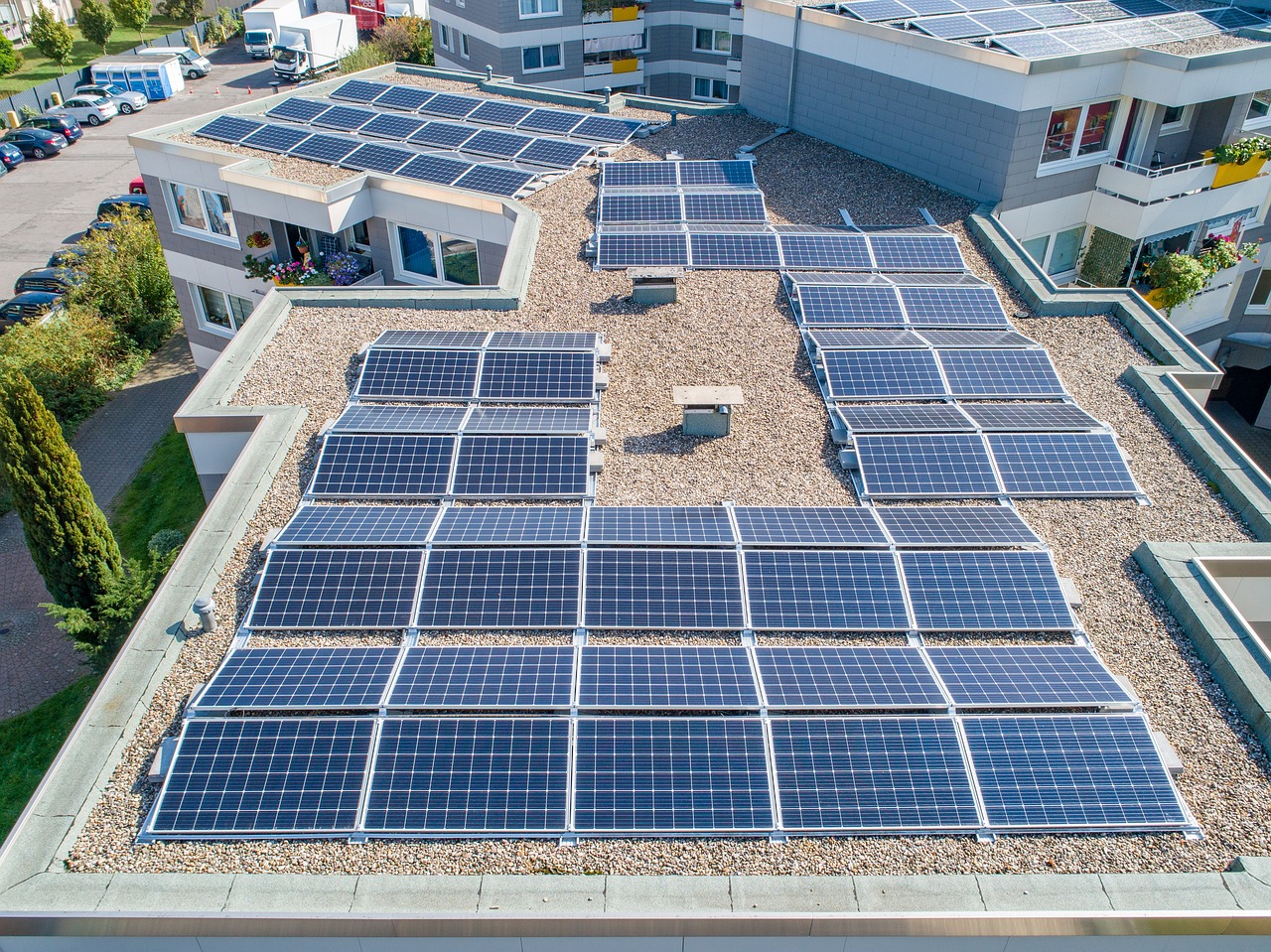Solar power systems are most effective in environments that offer abundant sunlight, but they can be adapted to almost any climate or location. Here are some factors that make for the best environments to use solar power:
High Solar Irradiance: Areas that receive a lot of sunlight annually are ideal for solar power. This is typically measured in kilowatt-hours per square meter per day. Regions closer to the equator, such as the southwestern United States, parts of Africa, Australia, and the Middle East, often have high solar irradiance.
Cooler Temperatures: Solar panels actually operate more efficiently at cooler temperatures. High temperatures can reduce the efficiency of solar panels. Therefore, sunny areas with cooler ambient temperatures can be more ideal than hotter ones, even if both receive the same amount of sunlight.
Minimal Shading: Locations with little to no shading from trees, buildings, or other structures are preferable. Shading can significantly reduce the amount of electricity generated by solar panels.
Roof Orientation and Tilt: In the Northern Hemisphere, solar panels should ideally face south to maximize exposure to the sun. The tilt of the panels should also be considered to optimize the angle of incidence, the angle at which sunlight strikes the panels. This is usually equivalent to the latitude of the location.
Stable Policy Environment: Regions with supportive solar energy policies, incentives, and rebates can also be considered ideal due to the reduced cost and increased feasibility of installing solar power systems. This includes places with net metering, tax credits, and other financial incentives that promote solar energy use.
Economic Stability: Areas where electricity costs are high can benefit more from solar power as the cost savings become more significant. This makes solar energy a more attractive investment.
Good Grid Infrastructure: For grid-tied solar power systems, having a reliable and modern electrical grid is crucial. This allows for smoother integration of solar power and more efficient use of net metering.
While these are ideal conditions, advances in technology and increasing efficiency of photovoltaic cells continue to make solar power viable in less-than-ideal conditions, including cloudy and colder regions. Therefore, even if a location does not meet all the above criteria, solar power can still be a practical and beneficial energy solution.





